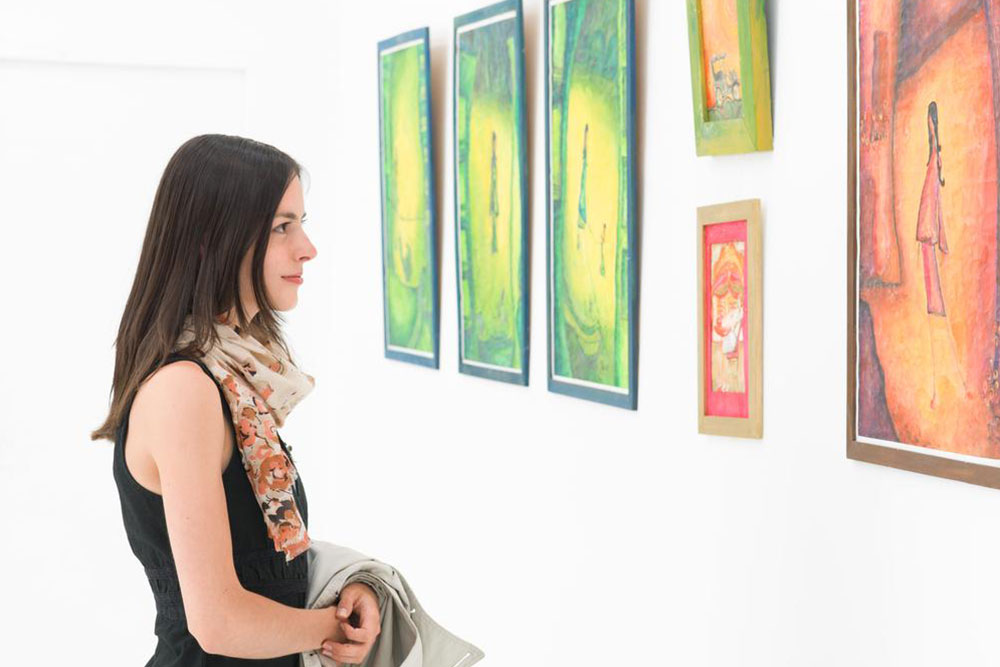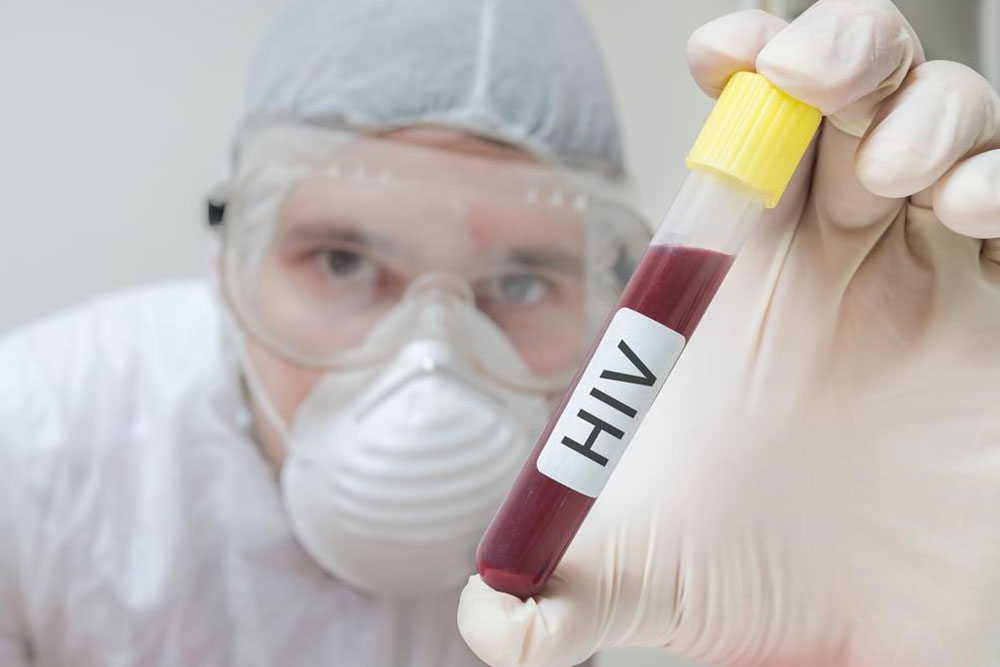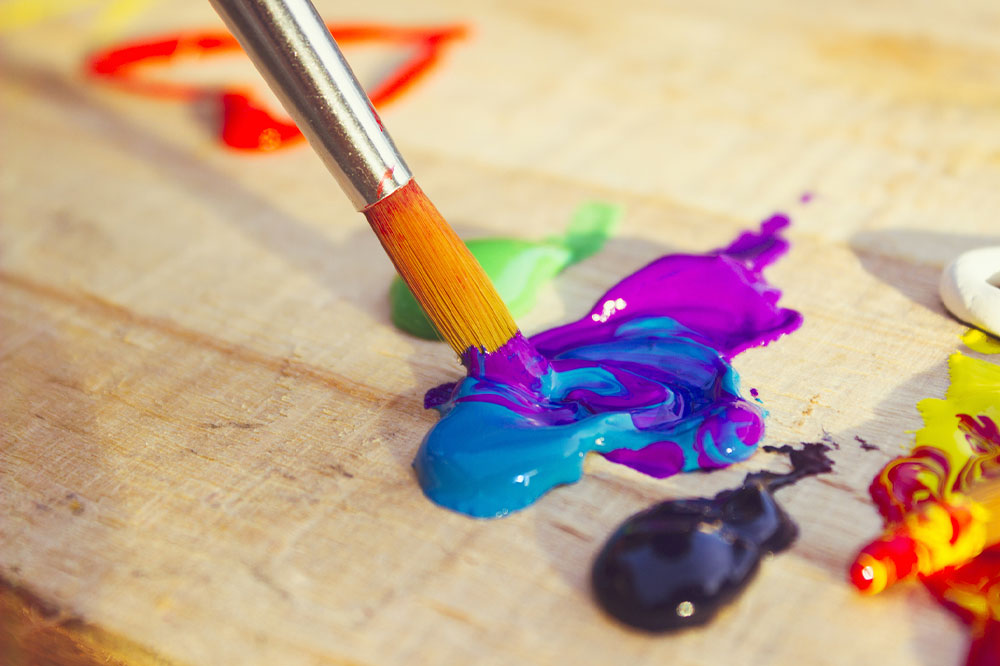Six Essential Strategies for Verifying Authentic Artwork
Learn critical tips to authenticate original artworks, including investigating artist signatures, examining physical details, checking provenance, and buying from trusted auction houses. These strategies help buyers avoid counterfeit paintings and secure genuine art investments.

Six Essential Strategies for Verifying Authentic Artwork
Investing in artwork requires careful scrutiny. Numerous talented artists worldwide create unique pieces, often available through their personal websites where commissions can be placed. When purchasing artworks from well-known creators, several indicators can help distinguish genuine pieces from counterfeit replicas. Below are key tips to assist collectors and buyers in verifying the authenticity of original artworks.
Research the Artist
Original works showcase an artist’s unique style and techniques. Recognizing consistent brushwork, color schemes, and signature elements across an artist’s portfolio aids in authentication. Familiarity with their distinctive markers increases confidence in the artwork’s legitimacy, especially when purchasing directly or through reputable sources.
Investigate the Four W’s
Who created the piece, why was it commissioned, what inspired the work, and where was it made? Knowing these details helps authenticate the piece’s origin, especially for imported artworks which can be easily duplicated. Cross-check these details with historical records and provenance documents. Discrepancies indicate potential forgeries, alerting you to proceed with caution.
Examine the Surface Details
Close inspection of the artwork’s surface reveals authenticity markers. Original paintings will have textured brushstrokes, raised paint, and subtle nuances that can be felt upon touch. Digital reproductions or prints lack these characteristics and may appear as a pattern of tiny dots under magnification. Using a magnifying glass or a high-res camera helps identify these differences.
Inspect the Back of the Artwork
The reverse side offers clues about the piece’s age and origin. Authentic older works often show signs of wear consistent with their period, such as aged stretcher frames or period-appropriate mounting materials. Artists may inscribe signatures or marks on the back or include ownership notes, providing further proof of authenticity.
Purchase from Certified Auction Houses
Buying through reputable auction houses like Sotheby’s, Christie’s, or Philips reduces the risk of counterfeit purchases. These platforms authenticate and guarantee the provenance of high-value artworks, justifying their higher commissions. Avoid lesser-known sources to prevent falling victim to forgery scams that prey on unsuspecting buyers.
Be Aware of Unsellable Masterpieces
Very famous works, such as Van Gogh’s 'Starry Night' or Leonardo’s 'Mona Lisa,' are rarely, if ever, sold on the open market. If such high-profile paintings appear for sale, it’s likely a reproduction or counterfeit. Recognizing these works helps prevent purchasing cheap copies labeled as original masterpieces.









